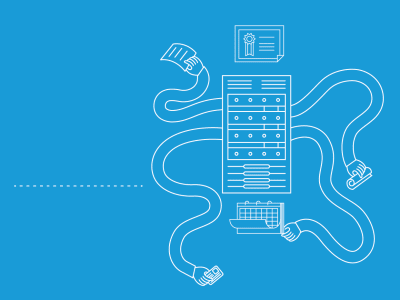Warming up
Warming up has two important functions — first, it helps put the participants in a particular cognitive mood (e.g., divergent thinking). Focus on this goal when you decide on a specific activity. Second, it helps you create a safe environment. Your warm-up activity should facilitate the participants to introduce themselves, laugh about themselves, and show they are vulnerable.
The introduction is not only about the participants getting to know each other, but it's also about the session. Share with the group the agenda for the day and the ground rules — you can use your background to post them in sight at all times.
Diverging
Because your board is a virtual one, everything is more transparent; design divergent thinking exercises as having two stages: one for individual work and a consecutive one for group work (that includes sharing).
We can all easily forget to suspend our critical thinking — you can overcome this by sharing the rules for divergent thinking with your participants; you might want to write them down and place them somewhere in sight as a reminder.
Schedule more time for exercises, and be patient. Don't use visible timers, even if the platform gives you this option; it will only put pressure on the group. Instead, make the participants comfortable with the silence from the beginning.
Converging
Although we cannot escape our biases, we can be aware of them and bypass them — place the rules for convergent thinking on your virtual board. Add the challenge, the objective, and the criteria as well.
Remember that evaluation is a deliberate cognitive process that should not be rushed — you should schedule more time for convergence than you do for divergence and move beyond a simple vote.
Leave room for more offline convergent thinking, as well: finish your session without a decision, give the participants time to incubate and further evaluate individually, and start your next session by making the final selection together.





